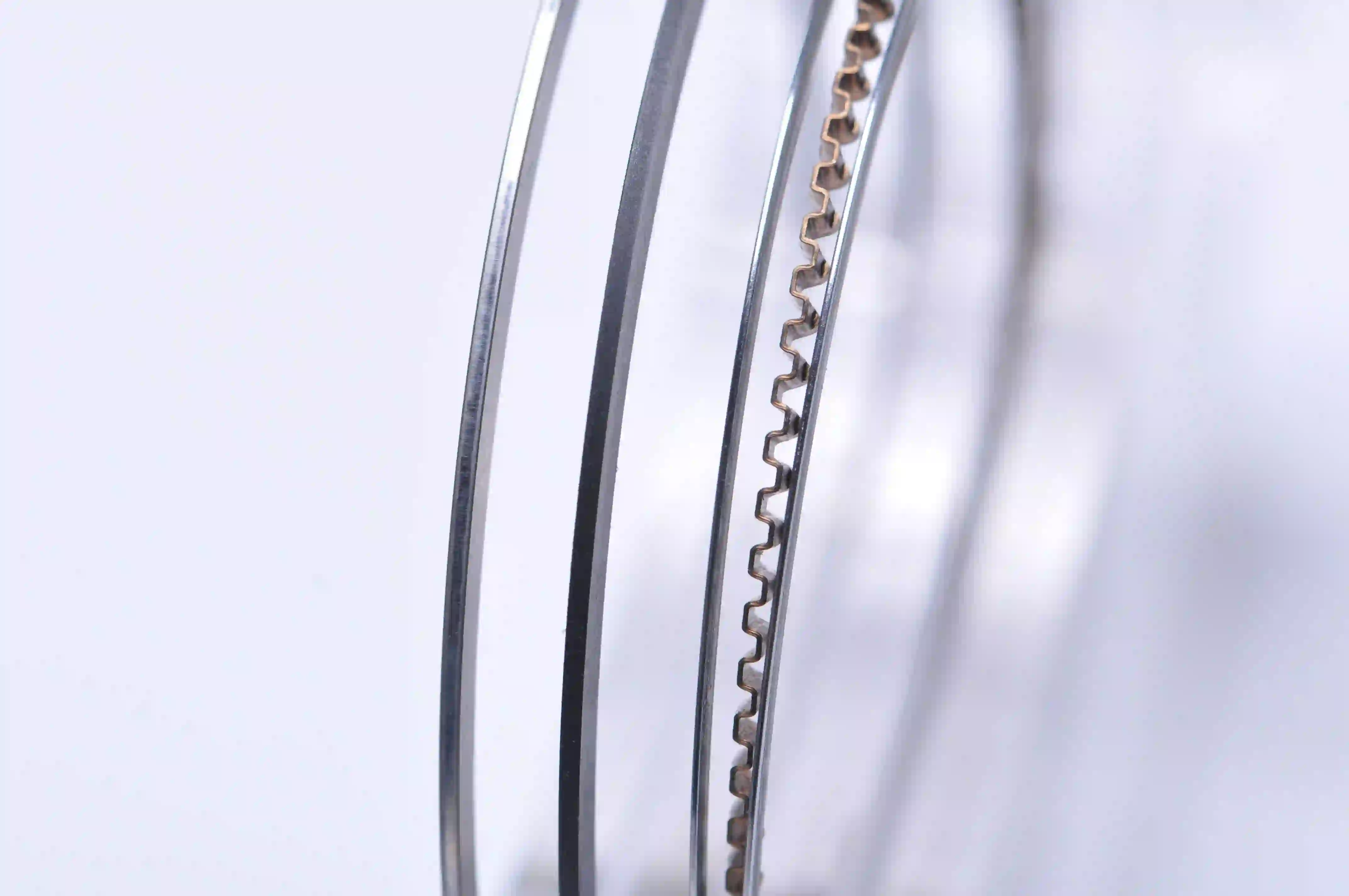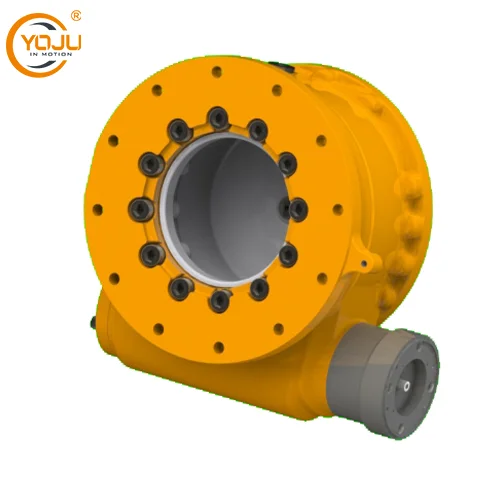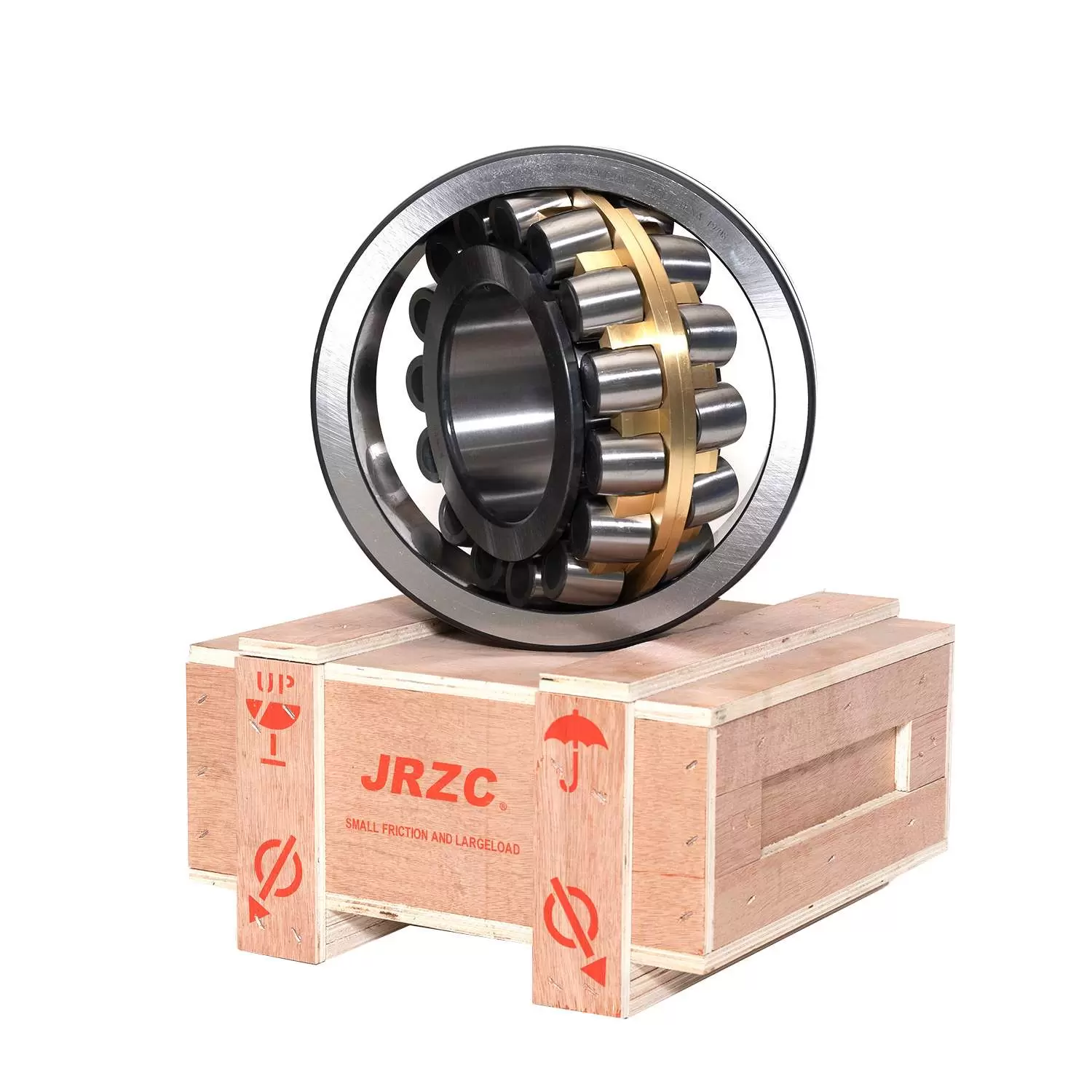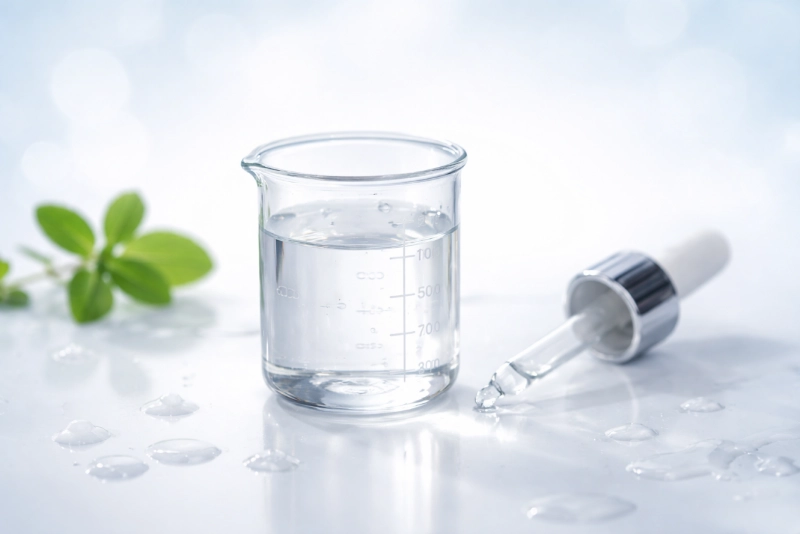The internal combustion engine, the heart of modern vehicles, relies on numerous intricate components to function efficiently. Among these, piston rings play a crucial role, particularly in engines like the 1NZ-FXE-2. These rings, though seemingly simple in design, are integral to engine performance, durability, and fuel economy.

The Structure and Function of Piston Rings
Types of Piston Rings
Piston rings in the 1NZ-FXE-2 engine primarily consist of two types: compression rings and oil control rings.
Compression Rings: These are typically located nearest to the piston crown and serve to seal the combustion chamber, ensuring that the high-pressure gases generated during combustion do not escape past the piston into the crankcase. They are crucial for maintaining compression efficiency and power output.
Oil Control Rings: Positioned below the compression rings, oil control rings manage the lubrication process by scraping excess oil from the cylinder walls and directing it back into the crankcase. This prevents oil consumption and helps maintain proper lubrication.
Materials and Coatings
Modern piston rings, including those in the 1NZ-FXE-2, are often made from cast iron or steel, with advanced coatings applied to reduce friction and wear. Coatings such as molybdenum disulfide (MoS2) or chromium nitride (CrN) enhance the rings' durability and contribute to smoother operation.
How Piston Rings Improve Engine Performance
Enhanced Combustion Efficiency
Effective sealing by compression rings minimizes blow-by—the leakage of combustion gases past the piston. This not only maintains high cylinder pressure but also reduces emissions, as fewer unburned gases escape into the crankcase. Improved combustion efficiency translates directly to increased power output and better fuel economy.
Optimal Oil Management
Oil control rings are vital for maintaining an optimal oil film on the cylinder walls, ensuring that the piston and cylinder assembly operate smoothly with minimal friction. This reduces wear and tear, extends engine life, and contributes to lower oil consumption. Proper oil management also helps prevent sludge build-up, keeping the engine cleaner and more efficient.
Reduced Friction and Wear
Advanced materials and coatings used in piston rings significantly reduce friction between the rings and cylinder walls. Lower friction translates to less energy loss, higher mechanical efficiency, and potentially lower operating temperatures. This, in turn, enhances overall engine durability and reliability.
Challenges and Innovations in Piston Ring Technology
Addressing Wear and Corrosion
While piston rings are designed for durability, they are still susceptible to wear and corrosion over time. Innovations such as improved materials, surface treatments, and more sophisticated ring designs have been developed to extend their lifespan and performance.
Oil Consumption and Emission Regulations
Stringent emission regulations globally have led to the development of low-tension piston rings that further reduce blow-by and oil consumption. These advancements not only comply with environmental standards but also enhance engine performance and reliability.
Advancements in Coatings and Materials
Ongoing research focuses on developing new coatings and materials that offer better wear resistance, lower friction coefficients, and enhanced thermal stability. Ceramic-based coatings and composite materials are among the latest innovations being explored to push the boundaries of piston ring performance.
Maintenance and Replacement of Piston Rings
Regular Inspection
Regular engine maintenance, including inspections of piston rings, is crucial for maintaining optimal engine performance. Wear indicators and visual inspections can help identify when rings need replacement.
Professional Installation
Replacing piston rings requires precision and should be handled by skilled technicians. Improper installation can lead to excessive wear, reduced engine efficiency, and potentially costly repairs.
Preventive Measures
Using high-quality engine oil, adhering to recommended oil change intervals, and ensuring proper engine cooling can significantly extend the lifespan of piston rings and overall engine health.
Conclusion
In the intricate dance of mechanical components that constitute the 1NZ-FXE-2 engine, piston rings stand out as unsung heroes. Their critical role in sealing combustion gases, managing oil, and reducing friction directly impacts engine performance, durability, and fuel efficiency. As technology advances, so too do the materials and designs of piston rings, pushing the boundaries of what is possible in engine performance. By understanding and maintaining these vital components, vehicle owners can ensure their engines run smoothly, efficiently, and for many miles to come.
https://www.jy-pr.com/1nz-fxe-2-piston-ring-a-key-component-for-improving-engine-performance.html
www.jy-pr.com
Yizheng Jinyang Locomotive Parts Co., Ltd.



More Stories
Double Row Spherical Roller Bearing Installation for Vibrating Screens
Total Organic Carbon Analyzer for WFI and PW Quality Control
Optimize Production With Electrophoretic Coating Line Solutions Worldwide